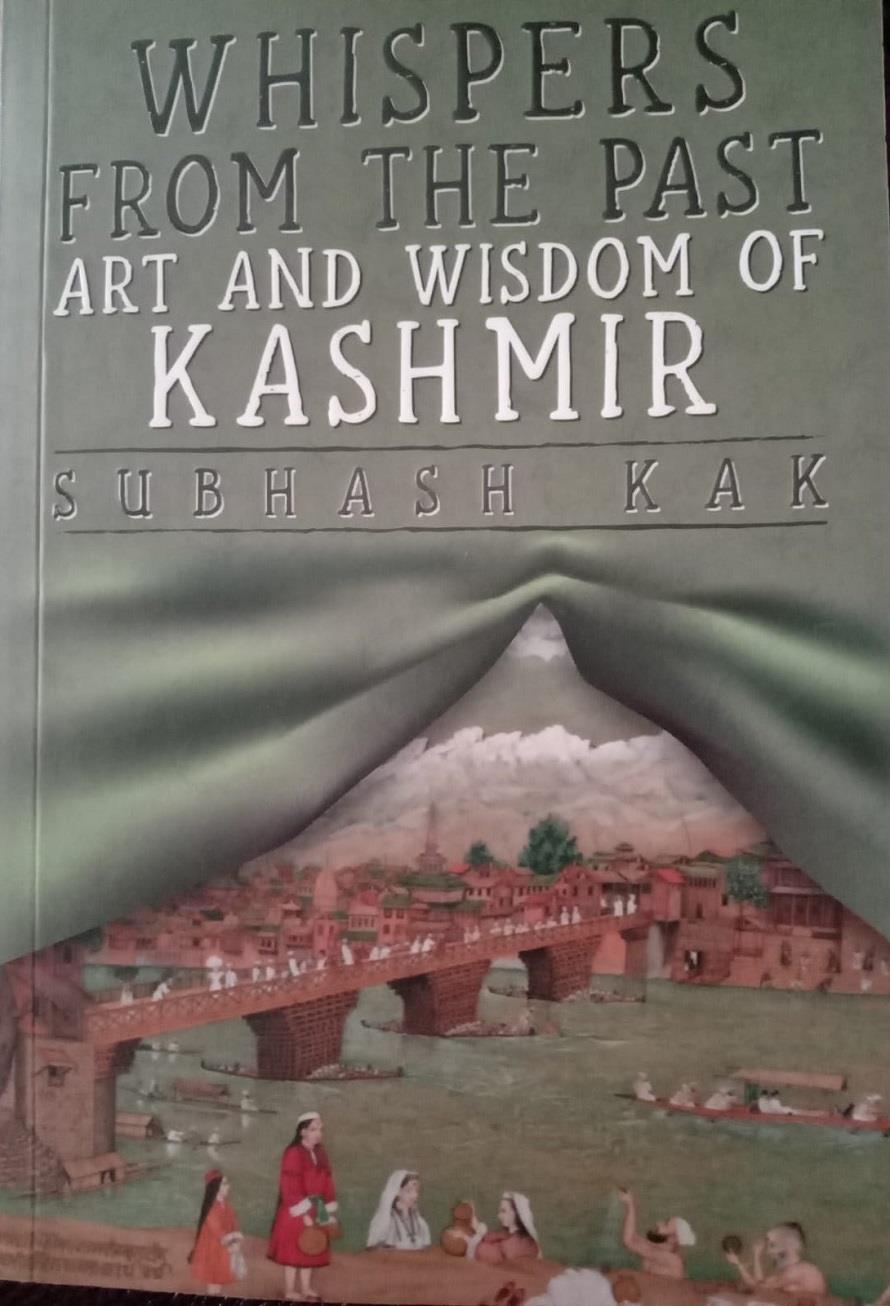
Kashmir's Theory Of Aesthetics And Rasa
By Subhash Kak
Kashmir has a long tradition of scholars over centuries continuing to work on aesthetic theory and rasa. It has also been proposed that the count of 36 chapters of the Nāṭya Śāstra was deliberately chosen to conform to the theory of 36 tattvas or elements of reality (25 tattvas as described in the Saṅkhya system together with the 11 Rudras that represent states of consciousness), which count was later formalized in Kashmir Śaivism. Also note that the bhāṇa, a one-actor play described by Bharata, is still performed in Kashmir by actors called bhānḍ pather (bhāṇa pātra, in Sanskrit).
ADVERTISEMENTManomohan Ghosh,1 the modern translator of the Nāṭya Śāstra, believes that it belongs to the 5th century bce. He bases his assessment on the archaic pre-Pāṇinian features of the language and the fact that Bharata mentions the Arthaśāstra of Bṛhaspati and not that of the 4th century bce Kauṭilya.
It is also noteworthy that there are close connections between Kashmir and South India in the dramatic tradition and the worship of Śiva, Pāñcarātra, Tantra, and the arts. A few years ago, when I pointed this out to Vasundharā Filliozat, the art historian who has worked on Karnataka, she said that the inscriptional evidence indicates a continuous movement of teachers from Kashmir to the South and that Kashmir was likely the original source of many of the early Shaivite, Tantric, and Sthāpatya Āgamas. While this is true of the period when scholars were compelled to leave Kashmir due to its unsettled conditions, a migration of teachers from the South to Kashmir in the earlier periods is a distinct possibility.
The Nāṭya Śāstra not only presents the language of creative expression, but is also the world's first book on stagecraft. It is so comprehensive that it lists 108 different postures that can be combined to give the various movements of dance. Bharata's ideas are the key to proper understanding of Indian arts, music, and sculpture. They provide an insight into how different Indian arts are expressions of a celebratory attitude to the universe.
Read Also Video: 'The Swinging 70s' Book Launched By LG Manoj Sinha Video: Bookaroo Organizes Children Literature Festival In SrinagarThe Nāṭya Śāstra not only presents the language of creative expression, but is also the world's first book on stagecraft. It is so comprehensive that it lists 108 different postures that can be combined to give the various movements of dance. Bharata's ideas are the key to proper understanding of Indian arts, music, and sculpture. They provide an insight into how different Indian arts are expressions of a celebratory attitude to the universe.
The term nāṭya is synonymous with drama. According to Bharata, the nāṭya was created by taking elements from each of the four Vedas: recitation (pāṭhya) from the Ṛgveda, song, or melody (gīta) from the Sāmaveda, acting (abhinaya) from the Yajurveda, and sentiments (rasa) from the Atharvaveda. By this synthesis, the Nāṭya Śāstra became the fifth Veda, meant to take the spirit of the Vedic vision to the common man.
The Nāṭya Śāstra classified the diverse arts that are embodied in the classical Indian concept of the drama, including dance, music, poetics, and general aesthetics. Later, the Viṣṇudharmottara Purāṇa of the 4th century ce (compiled during the Karkotas) describes canonical conventions of architecture, iconography, and painting.
Five of the thirty-six chapters of the Nāṭya Śāstra are devoted to music. Bharata speaks of the 22 śrutis of the octave, the seven notes and the number of śrutis in each of them.
He explains how the vīṇā is to be tuned and describes the dhruvapada songs that were part of musical performances.
The concept of rasa, enduring sentiment, lies behind the aesthetics of the Nāṭya Śāstra. The artist, through movement, voice, music, or any other creative act, attempts to evoke them in the listener and the spectator. This evocation helps to plumb the depths of one's experience, thereby facilitating self-knowledge. Love poems are suffused with śṛṅgāra rasa in one of two modes: union (sambhoga) and separation (vipralambha) and, of course, they can be joined with other rasas. If love is about the impending sense of loss, it is bound with the deepest emotions related to being.
The ideas of the Nāṭya Śāstra provide an overarching framework to the Indian theory on sculpture, temple architecture, performance, dance, and storytelling. But unlike other technical śāstras that were written for the scholar, Bharata's work influenced millions directly. For these reasons alone, the Nāṭya Śāstra is one of the most important books ever written.
The author is US-based scholar and historian
-
The above text is excerpted from“Whispers from the Past: Art and Wisdom of Kashmir” by Subhash Kak

Legal Disclaimer:
MENAFN provides the
information “as is” without warranty of any kind. We do not accept
any responsibility or liability for the accuracy, content, images,
videos, licenses, completeness, legality, or reliability of the information
contained in this article. If you have any complaints or copyright
issues related to this article, kindly contact the provider above.

















Comments
No comment